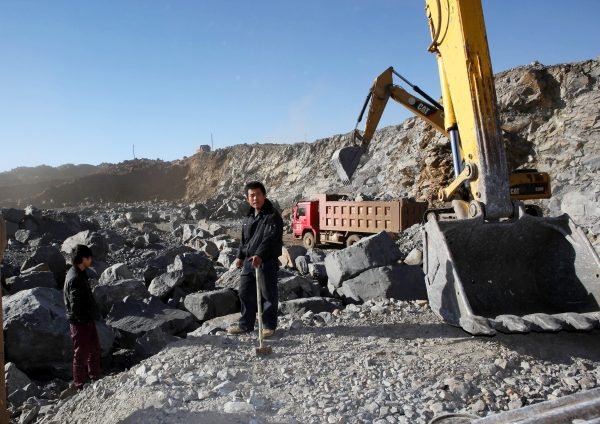India–US Trade Tensions Rise Over Steel and Auto Tariffs NMDC Limited reports a 38% drop in Q4 FY24 consolidated net profit RINL to Raise $23 Million Through Land Sales Amid Crisis

Kazakhstan has 15 rare earth deposits, which are strategically important components of electronics and clean energy technology. Chairman of the National Geological Service Yerlan Galiyev hopes to work closer with international partners to capitalise on the abundant opportunities for these deposits.
This can satisfy India's increasing need for rare earth minerals from a closer-in source. Recently, India and Argentina reached an agreement to source rare earth metals. Rare earth metals have come up more often in conversations between foreign partners and Kazakh officials. According to officials, Kazakhstan can supply the growing demand for rare metals in the upcoming years.
“In industry, rare earth metals are used in mixed form and individually, with metal oxides predominantly employed. They are primarily used as alloying additives in various steels and alloys, getters [gas absorbers] in electronic devices, manufacturing magnetic materials and igniter mixtures, serving as catalysts, and hydrogen storage materials in the production of special types of glass, ceramics, and in nuclear technology,” Galiyev told leading Kazakhstan daily Astana Times.
As the world is in the midst of a transition to clean technology, demand for rare earth metals is growing. The International Energy Agency (IEA) estimates rare earth elements may see three to seven times higher demand in 2040 than today, depending on the choice of wind turbines and the strength of policy support.
Rare earth metals refer to a group of 17 elements in the periodic table, which include 15 lanthanides, as well as scandium and yttrium. They are used as components in high-technology devices, including smartphones, digital cameras, computer hard disks, fluorescent and light-emitting-diode (LED) lights and computer monitors. They are also used in clean energy and even defence technologies.
Data from the National Geological Service also indicates Kazakhstan possesses a raw material br of rare metals, including tungsten with 2.2 million tonnes (MT) of reserves, molybdenum with 1 MT, lithium with 75,600 tons, tantalum with 4,600 tons, niobium with 28,100 tons, beryllium with 58,000 tons, among others.
Also Read : Around 20 critical mineral blocks to be put on sale by June-end India launches second part of critical minerals auction worth $362 Bn